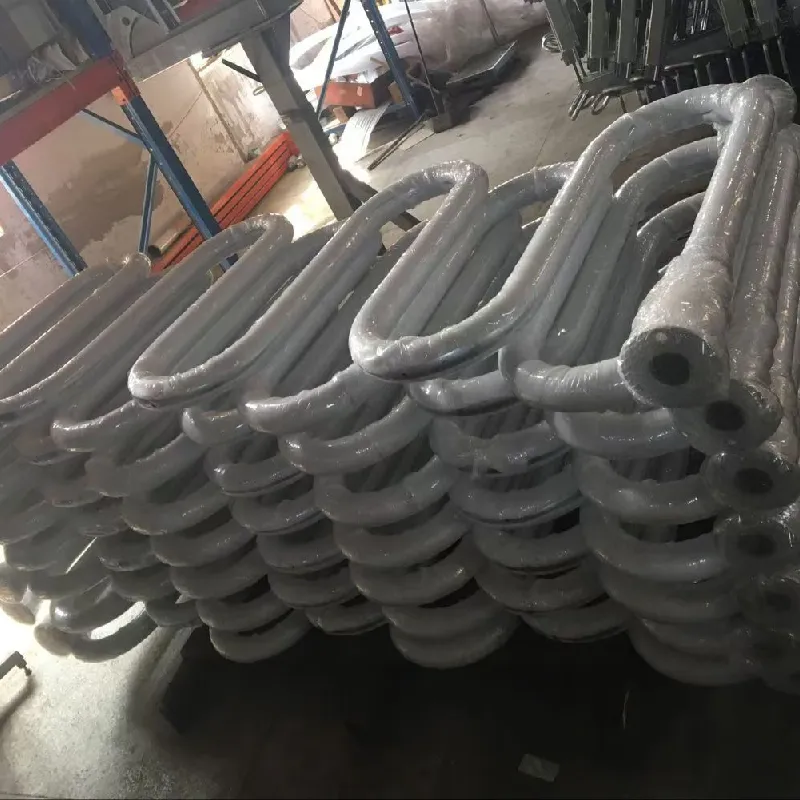Choosing the Right Butterfly Valve for Your Water Supply System Needs
Understanding Butterfly Valves for Water Lines
Butterfly valves play a crucial role in the regulation and control of fluids within various piping systems, particularly in water lines. Their unique design, operational efficiency, and versatility make them an ideal choice for many applications, ranging from municipal water supply to industrial water management systems. In this article, we will explore the features, advantages, and considerations associated with butterfly valves in the context of water lines.
What is a Butterfly Valve?
A butterfly valve is a type of quarter-turn valve that uses a rotating disc to control the flow of fluid through the pipeline. The disc is mounted on a spindle, and when the valve is turned on or off, the disc rotates a quarter turn to either open or close the flow path. This design enables quick operation, making butterfly valves particularly advantageous in applications that require rapid flow control.
Key Features
1. Compact Design Butterfly valves are characterized by their compact structure, which allows for easy installation where space is limited. Their lightweight construction also contributes to reduced support requirements compared to other valve types.
2. Low Pressure Drop The design of a butterfly valve results in a relatively low pressure drop when the valve is in an open position. This feature is particularly important in water lines, where maintaining pressure and flow rates is essential for system efficiency.
3. Versatile Materials Butterfly valves can be constructed from various materials, including stainless steel, ductile iron, and plastic. This versatility allows for customization based on the specific requirements of the water system, such as corrosion resistance and temperature tolerance.
4. Operating Mechanisms Butterfly valves can be operated manually, through gears, or via electric actuators, facilitating remote operation and automation. This adaptability is especially beneficial in large-scale water distribution networks, where centralized control is often necessary.
Advantages of Butterfly Valves in Water Lines
1. Cost-Effectiveness The manufacturing process of butterfly valves is typically less expensive than that of other valve types, such as gate or globe valves. This cost efficiency extends to installation and maintenance, making them a popular choice for water systems.
butterfly valve for water line

2. Quick Operation The quarter-turn operation of butterfly valves allows for fast opening and closing actions. This quick response is vital in emergency situations where immediate flow control is required.
3. Minimal Maintenance With fewer moving parts compared to other valve types, butterfly valves often require less maintenance. This reliability is particularly advantageous for water lines, reducing downtime and maintenance costs.
4. Wide Range of Applications Butterfly valves are suitable for various applications, from regulating flow in municipal drinking water systems to controlling water flow in severe industrial processes. Their adaptability to different fluids, including wastewater and slurries, enhances their appeal.
Considerations When Choosing Butterfly Valves
While butterfly valves offer numerous advantages, specific factors should be considered when selecting the right valve for a water line
1. Size and Flow Requirements The diameter and flow rates of the pipeline will influence the size of the butterfly valve required. It is essential to ensure that the selected valve can handle the maximum flow demand without leading to excessive pressure drop.
2. Material Compatibility The valve material must be resistant to the specific type of water and any additives or contaminants present in the system. For instance, if the water contains high levels of chlorine or other corrosive substances, selecting a suitable material like stainless steel may be necessary.
3. Pressure Ratings Ensure that the valve's pressure rating matches or exceeds the operational pressures of the water line. Using a valve with inadequate pressure ratings can lead to leaks or failures.
4. Regulatory Compliance Depending on the application, certain regulations may govern the materials and designs of valves used in potable water systems. It is crucial to ensure compliance with relevant standards for safety and reliability.
Conclusion
Butterfly valves are a fundamental component in managing water lines due to their efficiency, cost-effectiveness, and adaptability. By understanding their features and advantages, as well as considering the factors influencing their selection, users can enhance the performance and reliability of their water distribution systems. As technology and materials continue to evolve, butterfly valves will likely remain a favored choice for fluid control in water systems across various industries.
-
The Smarter Choice for Pedestrian AreasNewsJun.30,2025
-
The Gold Standard in Round Drain CoversNewsJun.30,2025
-
The Gold Standard in Manhole Cover SystemsNewsJun.30,2025
-
Superior Drainage Solutions with Premium Gully GratesNewsJun.30,2025
-
Superior Drainage Solutions for Global InfrastructureNewsJun.30,2025
-
Square Manhole Solutions for Modern InfrastructureNewsJun.30,2025
-
Premium Manhole Covers for Modern InfrastructureNewsJun.30,2025
